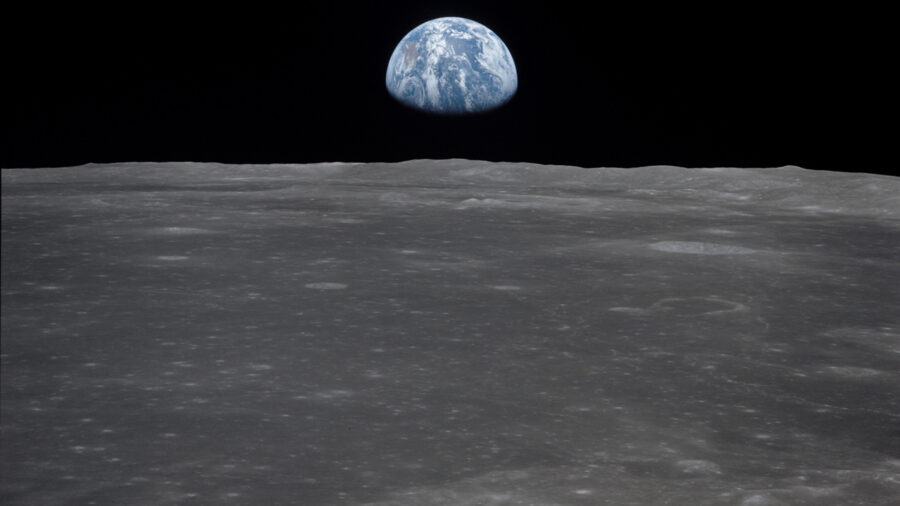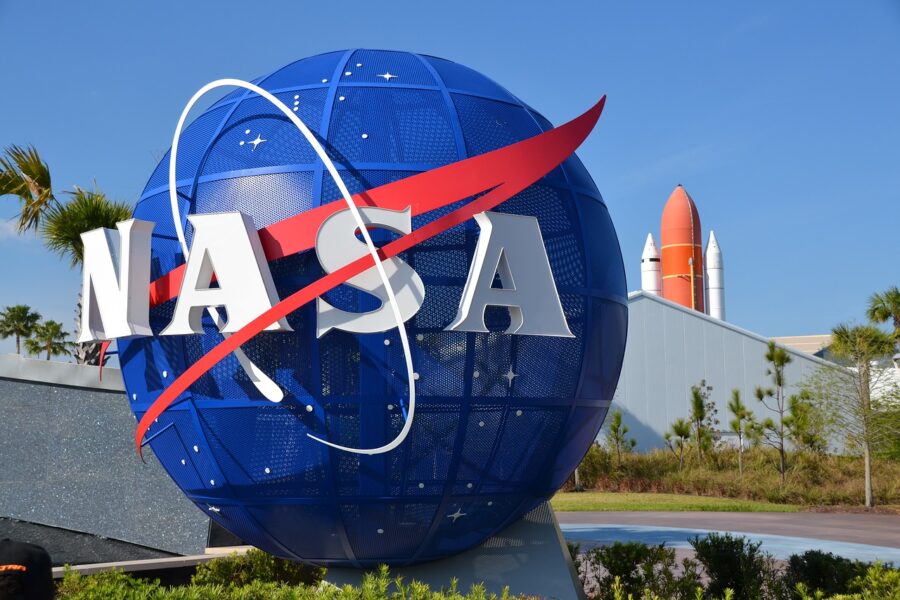NASA Puts A Bounty On Moon Rocks
NASA is offering to purchase dirt and rocks from the Moon from any company willing to collect them. They're paying cash for pieces of the moon.
This article is more than 2 years old

NASA is offering to purchase dirt and rocks from the Moon from any company willing to collect them. They’re paying cash for pieces of the moon.
In a blog post posted on September 10, 2020 from Administrator Jim Bridenstine, the initiative is part of NASA’s plan to land the next man and the first woman on the moon by 2024, via their Artemis program. The collection of dirt and rocks is a way to ensure that the lunar surface is safe for their next trip. Bridenstine states:
“The requirements we’ve outlined are that a company will collect a small amount of Moon ‘dirt’ or rocks from any location on the lunar surface, provide imagery to NASA of the collection and the collected material, along with data that identifies the collection location, and conduct an ‘in-place’ transfer of ownership of the lunar regolith or rocks to NASA. After ownership transfer, the collected material becomes the sole property of NASA for our use.”
Bridenstine has said that NASA plans on paying between $15,000 to $25,000 for samples, which is an attempt to normalize the idea of buying materials potentially from other worlds. In May, NASA announced the Artemis Accords as a way to set standards with other countries on how to best explore the Moon. In April, President Donald Trump signed an executive order encouraging international support for the recovery and use of space resources.

NASA has been actively working with various companies for the future of space travel. Also in April, NASA enlisted SpaceX, Dynetics and Blue Origin to create new landers to take humans to the Moon in the Artemis program. In the aforementioned blog post, Bridenstine says:
“The solicitation creates a full and open competition, not limited to U.S. companies, and the agency may make one of more awards. NASA’s payment is exclusively for the lunar regolith, with any awardee receiving 10 percent at award, 10 percent upon launch, and the remaining 80 percent upon successful completion. The agency will determine retrieval methods for the transferred lunar regolith at a later date.”
Bridenstine further says, “leveraging commercial involvement as part of Artemis will enhance our ability to safely return to the Moon in a sustainable, innovative, and affordable fashion.”
According to The Verge, Artemis’ goal is to create a long-term presence on the moon and this offer to purchase Moon rocks and dirt would be part of an effort to see what resources are available that wouldn’t have to be sent along with the astronauts. Bridenstine also says in the blog post, “Next-generation lunar science and technology is a main objective for returning to the Moon and preparing for Mars. Over the next decade, the Artemis program will lay the foundation for a sustained long-term presence on the lunar surface and use the Moon to validate deep space systems and operations before embarking on the much farther voyage to Mars.”
Prior to his assignment in this position, Bridenstine had written about the potential available in exploiting lunar resources, and many prognosticators said that Bridenstine’s political background and lack of experience as a space professional could potentially lead NASA to focus their efforts towards the Moon and away from potential Mars exploration.












